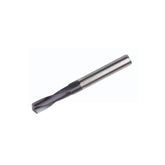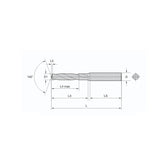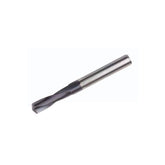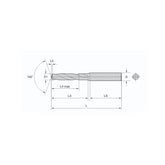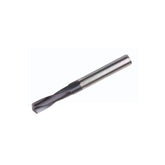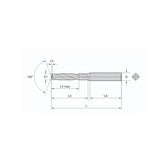How to Accurately Measure the Thickness of Ultra-Thin Materials?
Mitutoyo Provides New Solutions!
In today's world of rapidly evolving smartphones and new energy vehicles, the "heart" of the lithium-ion battery—the separator—is only a few microns thick. Even a 0.1-micron error can affect battery performance and even safety, making thickness management critically important. However, due to the special characteristics of this material, achieving high-precision thickness measurement has consistently been a key challenge for many users.
Challenges in Thin Film Measurement
① Non-contact Sensors: Measurement data becomes unstable when the film curls, wrinkles, or has significant transparency variations. Furthermore, it is difficult to measure surfaces that are diffuse and opaque, such as milky white surfaces.

② Traditional Contact Instruments (e.g., Micrometers): The measuring force is too high, causing immediate deformation upon contact. This easily damages the film surface, making accurate measurement difficult.


Measurement Recommendation: High-Accuracy Digital Height Gauge VL-50 Series

• Measuring force as low as 0.01N, with an indication accuracy of (0.5+L/100) µm.
Stops upon contacting the workpiece, then maintains low measuring force for measurement—leaving no indentation and causing no deformation.

• Employs a counterweight structure to ensure stable measurement.
Uses a counterweight system instead of springs, automatically balancing the measuring force to ensure stable measurement data.
Ideal for: Battery separators, polarizing films, Flexible Printed Circuits (FPC), high-transparency protective films…
Advanced Challenge ①: How to Further Improve Thickness Measurement Repeatability?
• Solution: Optional Super-Hard Spherical Probe
For extremely thin separators (thickness < 1µm), the VL-50 can be equipped with an optional super-hard spherical probe. This offers a smaller contact area and more uniform pressure distribution, ensuring excellent repeatability.
Advanced Challenge ②: How to Measure Film Sheets with Thickness and Warpage?

• Solution: Optional Balancing Weights
The low measuring force of the VL-50 series is a significant feature. However, depending on the workpiece characteristics, the force may not be adequately transmitted, and the probe might occasionally lift up. To prevent workpiece damage in such cases, appropriate balancing weights can be used to achieve the optimal measuring force.
Whether for R&D or quality inspection, high-precision thickness management is key to quality. The versatile high-accuracy digital height gauge VL-50 series is your reliable partner for all your thickness measurement needs!
